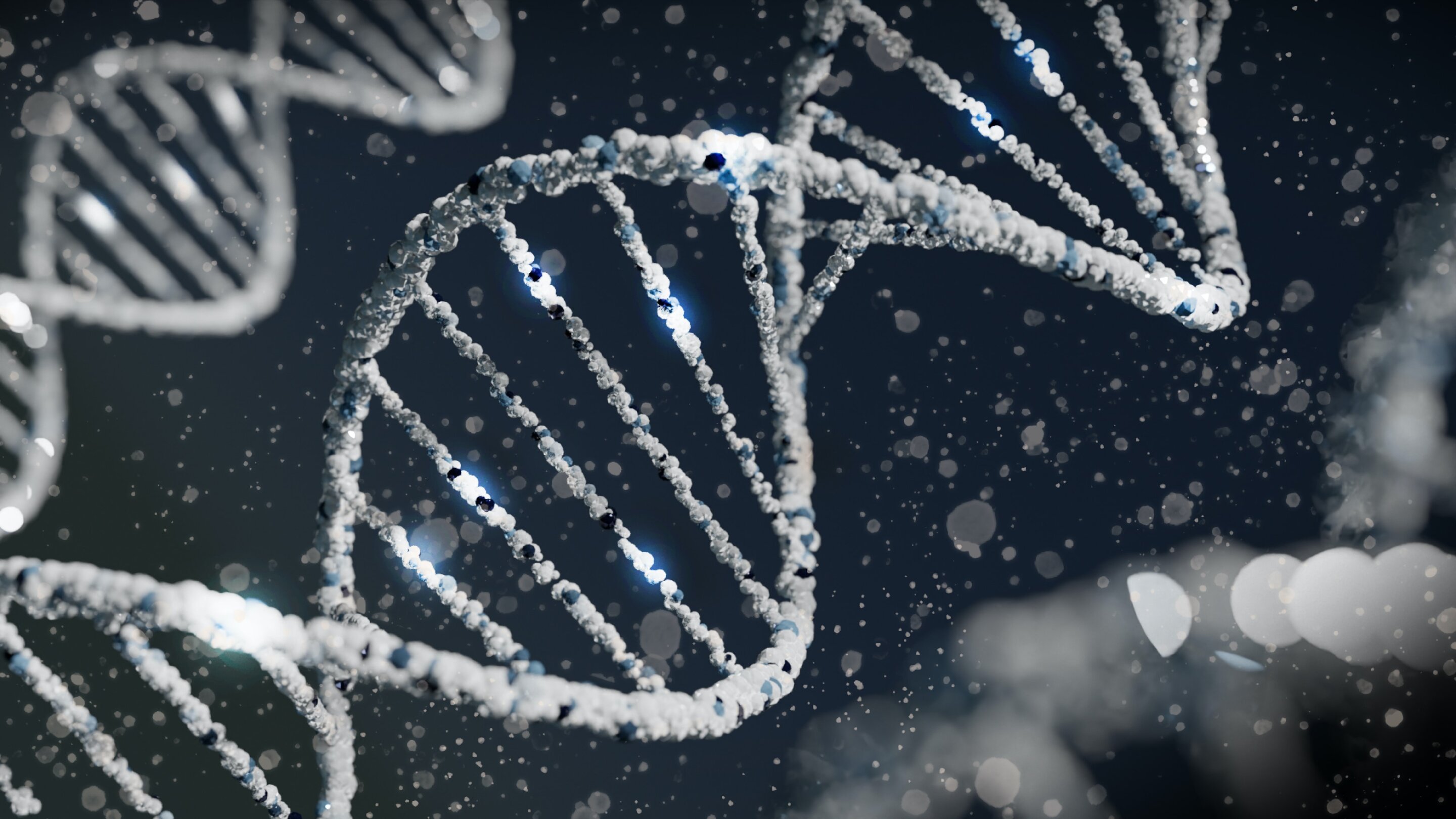New understanding of ancient genetic parasite may spur medical breakthroughs
Date: 18.12.2023
An international team of scientists from Rutgers and more than a dozen other institutions, including both academia and industry, have published the first high-resolution images and structural details of a virus-like element known as LINE-1.
 They describe it as "an ancient genetic parasite" that is one of the most common parts of human DNA. The research was led by Martin Taylor at Harvard Medical School and investigators at the biotechnology company ROME Therapeutics.
They describe it as "an ancient genetic parasite" that is one of the most common parts of human DNA. The research was led by Martin Taylor at Harvard Medical School and investigators at the biotechnology company ROME Therapeutics.
Retroelements such as LINE-1 can act as "jumping genes" and have written a large fraction of our dark genome by a copy-and-paste mechanism. The vast majority of the half million LINE-1 elements in our genome are damaged – only about 100 LINE-1 elements have the potential to be active in our body's cells.
Usually dormant in healthy cells, in disease, LINE-1 can break free and make proteins, including one called the LINE-1 ORF2 protein (L1 ORF2p) that attempts to add new mutation-causing copies of LINE-1 back into our DNA. Increased activity of the LINE-1 elements appears to be a common driver of autoimmunity, cancer, and other diseases.
Detailed knowledge of LINE-1, along with LINE-1 RNA and L1 ORF2p, may enable the discovery or creation of drugs that bind to one or more of these molecules and stop them from damaging the body, researchers said. It could also lead to fundamental discoveries about humans and other living things.
Image source: Unsplash/CC0 Public Domain.























